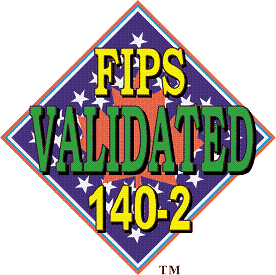
The LightHouse™ PSIM system results from over fourteen years and 200,000 person-hours of R&D development, testing, and quality assurance. The PSIM is designed to unify every user's security system component seamlessly and provide comprehensive control within a single, intuitive interface. Our physical security information management system supports virtually any component, sub-system, or third-party security product on the market. Our PSIM system has been successfully deployed in federal, military, and energy-based installations as well as municipal and commercial sites.

(NOTE: TM: A Certification Mark of NIST, which does not imply product endorsement by NIST, the U.S. or Canadian Governments)
Contact us at sales@networkharbor.com.